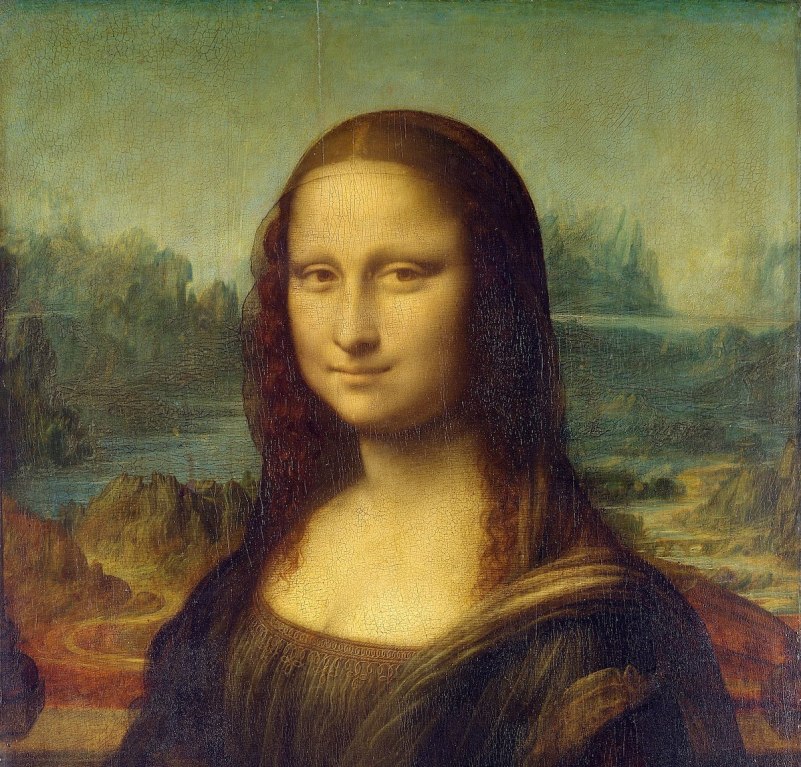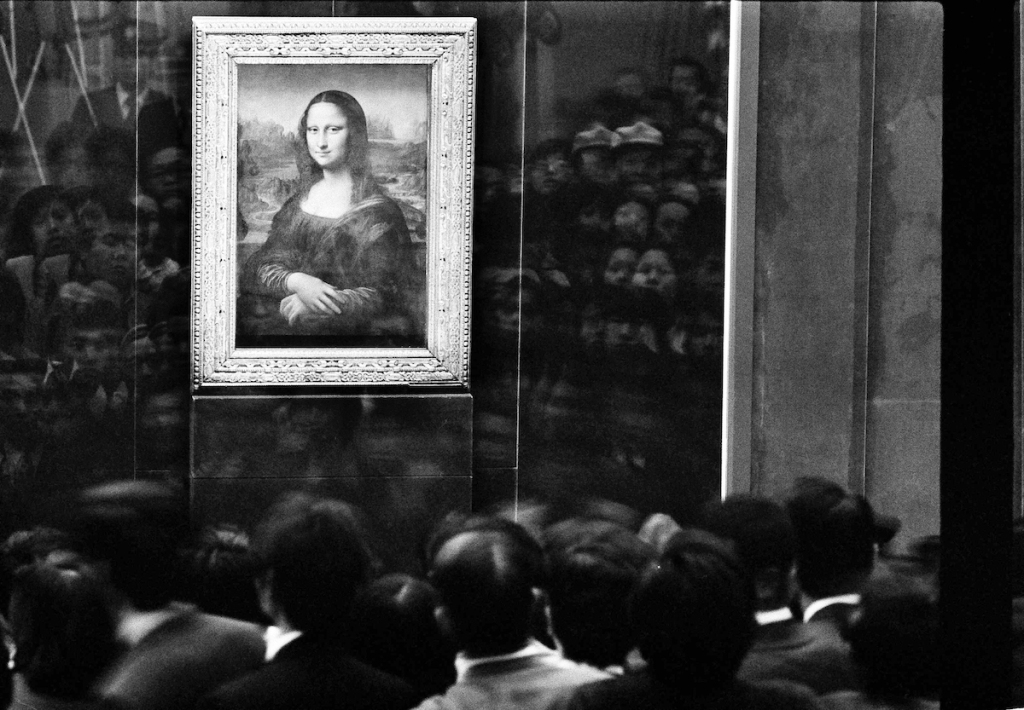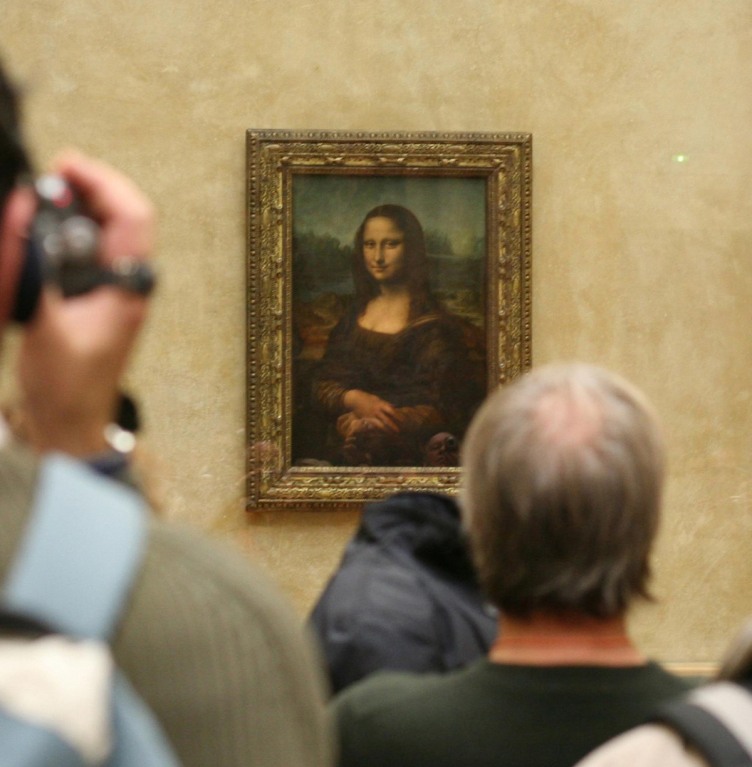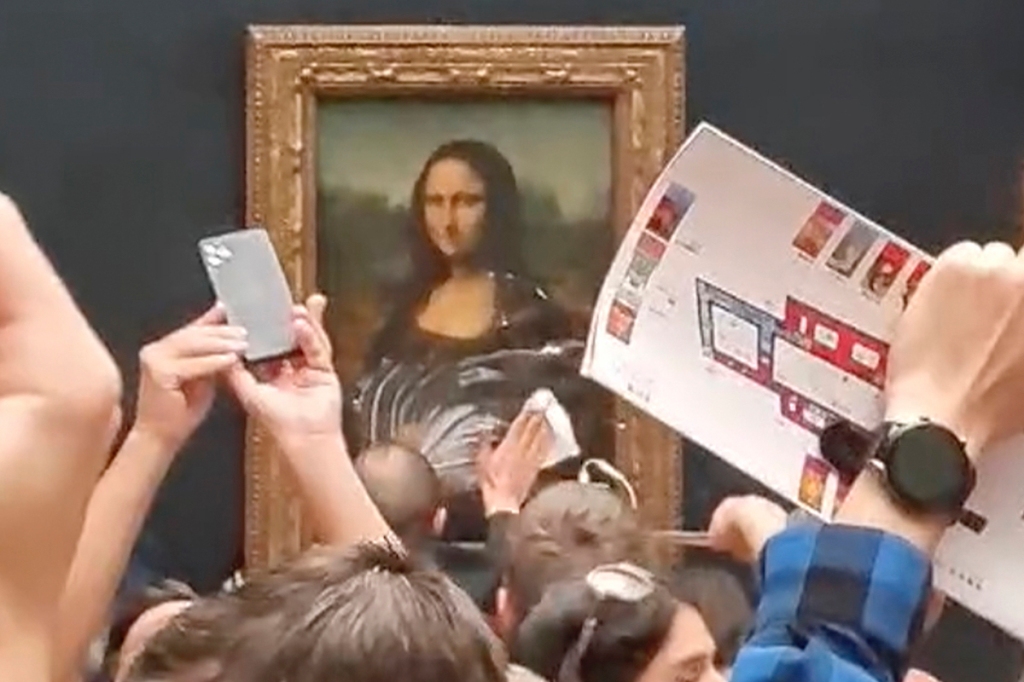Leonardo da Vinci’s Mona Lisa may be one of the most beloved artworks in the world. Seen by millions of people each year, it is the crown jewel of the Louvre’s collection, an iconic work of the Renaissance, and a painting that is impossible to value because it is seen as being priceless. It has also been the target of theft and vandalism on several occasions, reports ARTNews.
The Mona Lisa has faced so much potential damage that even Salvador Dalí was once moved to speak on all the vandalism, attributing to the painting “a power, unique in all art history, to provoke the most violent and different kinds of aggressions.” To look back on this unusual art-historical lineage, ARTnews has charted below five times in which the Mona Lisa was vandalized or stolen.
1911: The Mona Lisa is stolen

Photo: Via Wikimedia Commons
Part of the reason the Mona Lisa is known worldwide is because of its theft in 1911 by the Italian handyman Vincenzo Peruggia. That year, Peruggia and two others stowed themselves away in a closet of the Louvre, hung around until the museum closed, and then took the painting, which at the time was considered a minor work by Leonardo, with them, hopping on a train out of Paris. As the theft gained more and more press, both within France and outside it, Peruggia held on to the work, at one point stashing it beneath the floorboards of his Paris apartment. A little over two years after the theft, Peruggia made an attempt to sell the work to a dealer in Florence, in an attempt, he believed, to bring back to Italy a treasure that it had lost. The proposed sale backfired when the dealer called the director of the Uffizi Galleries, who obtained the work and called the police. Peruggia went on to spend six months in prison, and the painting was returned to the Louvre.
1956: A rock is thrown at Leonardo’s masterpiece

In 1956, the Mona Lisa was vandalized not once but twice. First, a vandal attempted to take a razor blade to the painting, though no damage ended up being inflicted. Then, a Bolivian man named Hugo Unjaga Villegas tossed a rock at the painting. “I had a stone in my pocket and suddenly the idea to throw it came to mind,” he said at the time. Thankfully, the painting was already behind glass, which meant that Villegas did not do permanent damage to the painting. The rock managed to knock off a speck of paint in one area, though that was easily repaired by experts with the French state, who restored the painting and put it back on view several days after the vandalism.
1974: While on tour, Leonardo’s painting is nearly damaged in Tokyo

The Mona Lisa has rarely ever left the Louvre, which may explain why 1.15 million people reportedly saw the painting when it traveled to the National Museum in Tokyo. One of those people was Tomoko Yonezu, a 25-year-old Japanese woman who tried to spray paint the canvas in red on its first day on view. In the days before the opening, the presentation had been the subject of discussion among disability activists, who claimed that in refusing access to those who needed assistance in the name of crowd control, the National Museum was discriminating against the disabled. Yonezu then took matters into her own hands with some degree of success—somewhere between 20 and 30 droplets of spray paint made it onto Leonardo’s painting, but in the end, the work was spared. Yonezu continued to face the consequences, however, and she was later brought to court after being detained. The art historian Penelope Jackson has reported that women’s rights groups perceived sexism in the legal proceedings and protested outside the courthouse. Ultimately, in 1975, Yonezu was convicted of a misdemeanor and made to pay a fine of 3,000 yen, although her act bore fruit, as the National Museum set aside a day when the disabled could exclusively visit the Mona Lisa.
2009: La Gioconda is hit with a teacup

It was an otherwise ordinary day at the Louvre when, in 2009, a Russian woman came to the gallery that held the Mona Lisa at the time and smashed a teacup against the painting. She had come to the museum with the cup concealed inside her bag, and Louvre representatives said she had let loose because she had been denied French citizenship. Calling the woman “clearly deranged,” a Louvre spokesperson told the New York Times that “viewing was only disturbed the time it took to pick up the pieces.” Thanks once again to her glass case, the Mona Lisa was not damaged. Still, some took the attempted vandalism as proof that greater security was needed. “The truth is that the Louvre needs to consider moving the Mona Lisa to its own gallery, at a safe distance from other works,” Jonathan Jones wrote in the Guardian. Ultimately, the Louvre did just that, partially to stem lines of people that had been spilling over, and in 2019, the glass on the Mona Lisa was upgraded.
2022: The Mona Lisa gets caked

More than a century after the Mona Lisa was stolen, La Gioconda was smeared with cake this week in what appeared to be a protest against climate change. The 36-year-old man who staged this intervention had come to the museum in a wheelchair dressed as a woman. Some caught the aftermath of the event on video and posted it to social media. “There are people who are destroying the Earth,” the man said in one video, speaking in French. “All artists, think about the Earth. That’s why I did this. Think of the planet.” The man was immediately detained, and the Louvre has filed a criminal complaint.





When should children start art lessons?
I love being told something is impossible: Rosa Beksultanova about her art career path